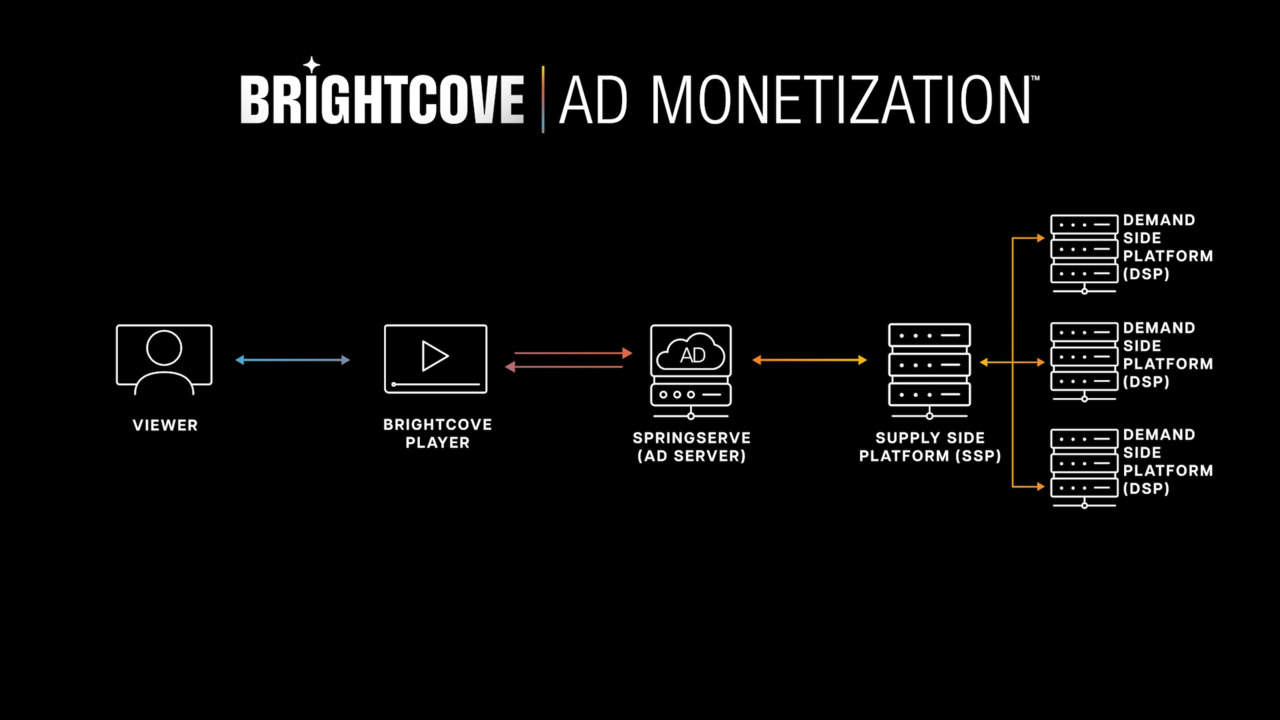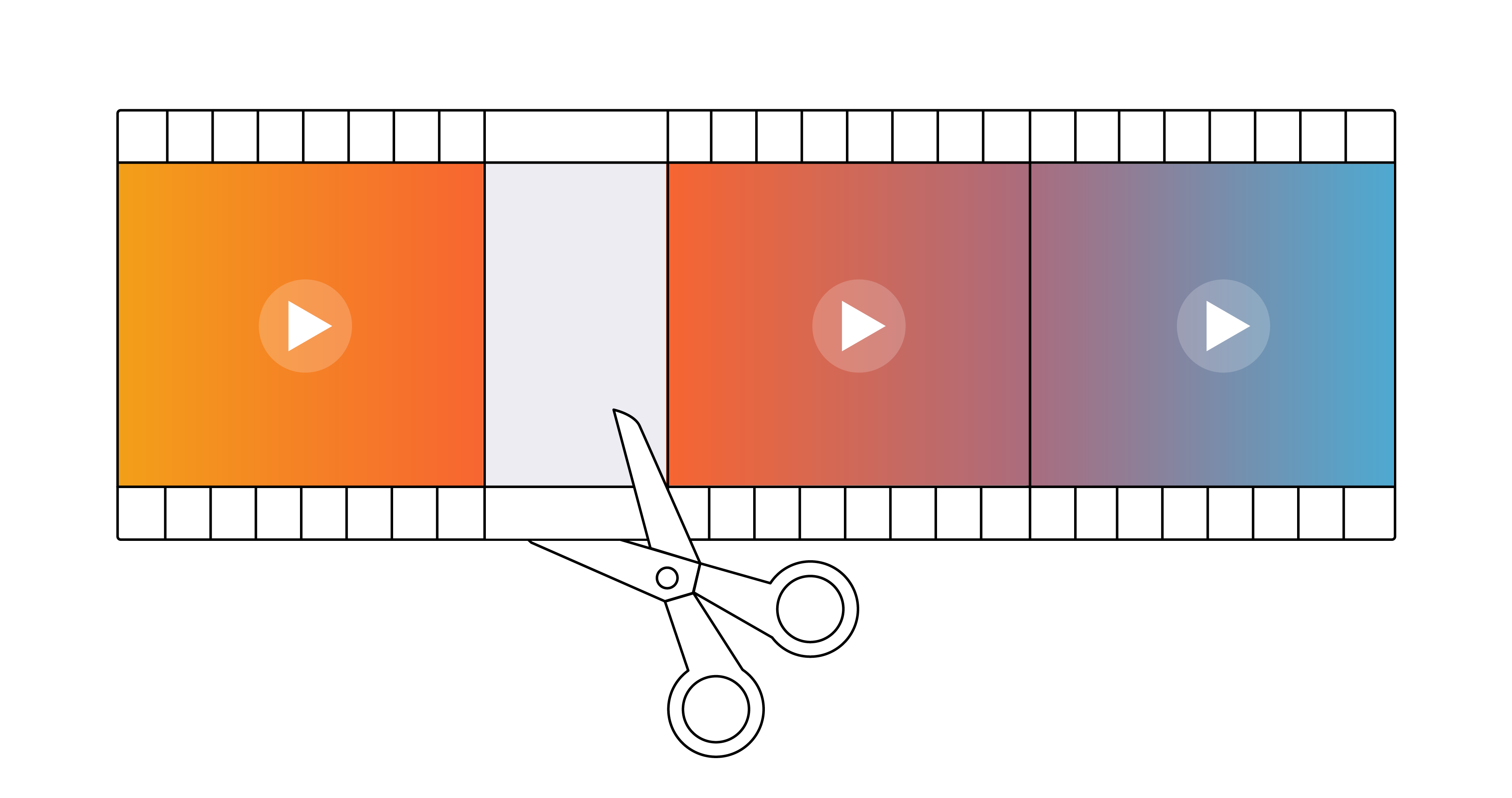Industry Experts Speak on 2023's One-to-One Media Landscape
Media

During the first season of our streaming series, PLAY, we had the opportunity to hear from some of the top minds in the media industry. From new monetization models to the future of sports bundles, these experts offered several insights that can help you prepare for the next generation of streaming.
Featured Media Experts
- Rich Greenfield, General Partner at LightShed Ventures
- Colin Dixon, Founder and Chief Analyst of nScreenMedia
- Will Richmond, Editor and Publisher of VideoNuze
- Ed Barton, Research Director at Caretta Research
- Tedd Cittadine, Vice President of Content Partnerships at Roku
- Graham Wright, Director of Content and Digital for the Boston Symphony Orchestra
More Media Companies Are Offering Ad-Supported Models.
In December 2022, Disney+ launched an ad-supported streaming tier as a way to drive new subscriptions at a cheaper price point. The move follows Netflix’s own ad-supported tiers, which offer advertisers access to a coveted audience.
According to Rich Greenfield, General Partner at LightShed Ventures, more consumers may be open to advertising within streaming environments due to tighter household spending. This behavioral shift could give advertisers broader access to OTT audiences that were previously unreachable.
“Increasingly, the best, most compelling content is only on streaming,” says Greenfield. “I’m more than willing to pay to not have advertising in my content. But two-thirds of people with Hulu seem OK with ads in their content. The lower price seems like a reasonable value trade-off for some people.”
As for how streaming ads will differ from linear, Greenfield predicts fewer ad spots as these media strategies need to be integrated across different channels. From streaming and websites to social channels like TikTok, the future will emphasize consumer choice and flexibility.
Learn more in our PLAY episode, “What’s New and What’s Coming in Streaming.”
The FAST Landscape Is Beginning to Mature.
Free ad-supported streaming TV (FAST) is reaching an inflection point as consumers become more aware of their options.
“Content providers have recognized the opportunity,” says Colin Dixon, Founder and Chief Analyst of nScreenMedia. “In early 2022, only 10% of TV time overall was spent on free, ad-supported channels. By the end of the year, that number had increased to 22%.”
Viewers are spending more than a fifth of their time watching FAST channels today, but platforms make it difficult to discover them.
“They’re typically not included in searches in the platforms, which is ridiculous,” Dixon says. “There is literally no limit to the number of channels you have. The only problem is finding them.”
When audiences can find the right content on the right channel, they’re willing to return to the channels they like, just like traditional TV. For Will Richmond, Editor and Publisher of VideoNuze, this is the exciting thing about FAST. Not only does it allow content owners to monetize in a way that is familiar to viewers, it offers the same lean-back experience as traditional TV.
FAST also presents an opportunity for specialized “thematic” channels (such as cooking or true crime) according to Ed Barton, Research Director at Caretta Research. By experimenting with content packages tailor-made for specific audiences, media companies can offer new experiences that engage viewers and invite interest from advertisers.
As paid service growth plateaus, there is a lot of interest in FAST for smaller, niche audiences. The key will be driving viewers to new FAST channels directly from the various digital spaces they frequent so they’re not difficult to find.
Learn more in our PLAY episode, “Media Trends and Insights with Industry Analysts.”
Performance Marketing Is Lowering Customer Acquisition Costs.
According to Tedd Cittadine, VP of Content Partnerships at Roku, we’ve entered a new generation of streaming.
With 63 million accounts, Roku sees hundreds of millions of people interacting with its platform every day across streaming services. Cittadine points to the launch of Disney+ as a watershed moment: “Launching a streaming service turned out to be a tough business unless your name is Disney, with that sort of catalog.”
Disney+ defined the era of direct-to-consumer streaming, and media companies realized the importance of reaching viewers with advertising for the channel itself. The key is for media companies to invest in performance marketing that can drive more subscriptions to their streaming services.
Roku works with media partners to determine how much they want to spend, using Roku’s performance-based marketing tools. “They can look at their subscriber acquisition costs relative to their total lifetime value,” Cittadine explains. “And we can demonstrate that you can acquire a user for this, and their lifetime value is that, and that is a very profitable way for them to invest.”
At a time when consumers have more ways and more programs to stream, media companies have started strategically thinking about what makes viewers subscribe and stay subscribed.
Learn more in our PLAY episode, “One-on-One with Roku’s Tedd Cittadine.”
The Creator Economy Is Going Omnichannel.
In the creator economy, the content is often secondary to the creator. Fans discover the creator on specific channels, but from there, they’ll follow the creator rather than the channel.
As Rich Greenfield of LightShed Ventures points out, viewers watch YouTube videos based on who made them, not just the topic. YouTube creators are incentivized to make more videos that get more views and more subscribers, because YouTube offers a profit model that really works. Consequently, creators have a much more direct relationship with the audience, and younger viewers are attracted to that one-on-one experience.
“They’re there for the creators,” Greenfield explains.
The creator model offers a new twist on traditional media, especially as creators expand beyond one primary platform to nurture and grow fan bases. Fans will follow creators, as Mr. Beast demonstrated when over 10,000 people lined up for the grand opening of his restaurant, MrBeast Burger.
Creator models also offer opportunities for media companies to leverage existing creator fan bases. For example, TikTok’s most famous creator, Charli D’Amelio, went from making dance videos to starring in films and a reality TV series on Hulu.
“There are so many different ways to monetize a passionate audience,” Greenfield explains. As they move off the initial platform, creators and companies need to nurture that passion across channels to drive new revenue opportunities.
Learn more in our PLAY episode, “What’s New and What’s Coming in Streaming.”
Sports Is Going Direct-to-Consumer.
The philosophy that drives the creator economy can be applied to sports, too. “Sports fans just want to connect more deeply with their teams,” says Colin Dixon of nScreenMedia. They want a streaming experience that allows more interaction during games and new ways to engage with the teams and players they follow.
However, there are more parties involved in driving those connections, and sports is the category that has benefited from pay-TV in a big way. For example, media rights for the NFL are valued at more than $11 billion, with Amazon paying $1 billion a year alongside ViacomCBS, Fox, Comcast ($2 billion), and Disney ($2.7 billion). Access to sports streaming, exclusive or otherwise, has a high price point.
As Will Richmond of VideoNuze puts it, sports streaming is a “brave new world.” Every innovation will need to take into account players, club owners, rights owners, team owners, coaches, networks, content providers, sponsors, and more. This likely won’t lead to many sports-first streaming services, but it could generate new interest in fan behavior. Understanding when they stream sports, the journey they take before, during, and after the game, and off-season media consumption could present untapped opportunities.
Could there be a FAST channel for FIFA in the future that shows old games? Or a streaming provider that works to build out NFL highlights or Super Bowl rewatch experiences? It all comes down to what fans will be willing to watch and, in many cases, purchase. Ed Barton of Caretta Research says that everything starts with streaming data.
“We now need to start building up a store of all of the data that our fans generate,” says Barton. “We need to be able to link many of the other parts of our business around this fan engagement data lake. The direct-to-consumer strategy sweeps across many areas of a sports rightsholder’s consumer-facing business.”
By understanding how fans stream sports, media companies and sports businesses can build content based on how fans want to connect with their favorite teams. Whether that means exclusive access to replays, archives, or even interactive player interviews.
Learn more in our PLAY episode, “Media Trends and Insights with Industry Analysts.”
In-Person Events Are Adopting Digital Media Strategies.
When in-person events closed during COVID-19 lockdowns, the Boston Symphony Orchestra (BSO) evolved into a digital media business.
“Digital media was already on the radar,” explains Graham Wright, BSO’s Director of Content and Digital. “But the speed and the breadth of that transition were amplified in ways that I don't think anyone could have imagined.”
Their number one priority was finding the right strategy to connect loyal audiences with the experiences they already loved. However, a gifting program that gave new users access to the streaming experience was surprisingly effective.
“Despite prioritizing our best folks,” Wright says, “we still saw a lot of new patrons getting introduced through video. Over 50% of the viewership for the Holiday Pops came from people who received it as a gift. Media can be such a powerful tool to empower our best supporters to be evangelists for our brand.”
Making video content available online proved to be highly effective in driving engagement. And by reaching audiences beyond events, BSO could extend the lifetime value of loyal audiences who dropped off after live events were over.
Learn more in our PLAY episode, “Transitioning to Digital for an In-Person Events Business.”
A One-to-One Media Landscape
We are moving into an era where distribution and data are just as important as the personalized content today’s viewers demand. Through direct-to-consumer interactions that build new audiences and retain loyal viewers, media companies are innovating new strategies that drive viewers back to the content they love.
Streaming has become an omnichannel experience and media a one-to-one landscape. And that means media content is more valuable than ever.



